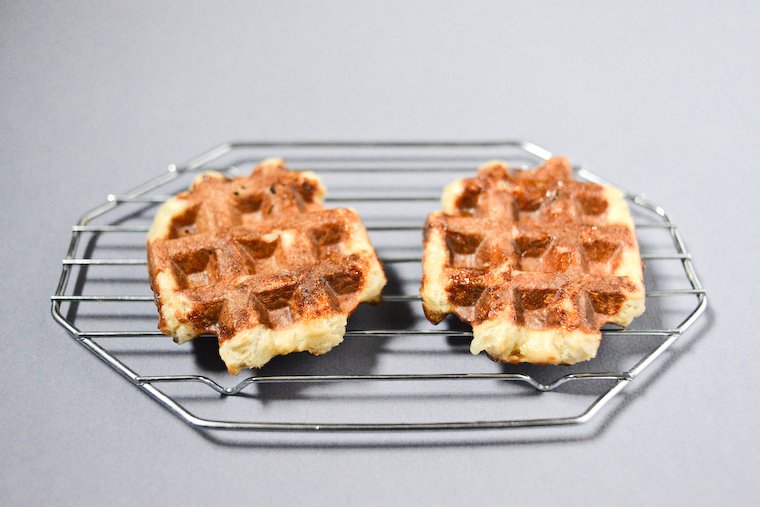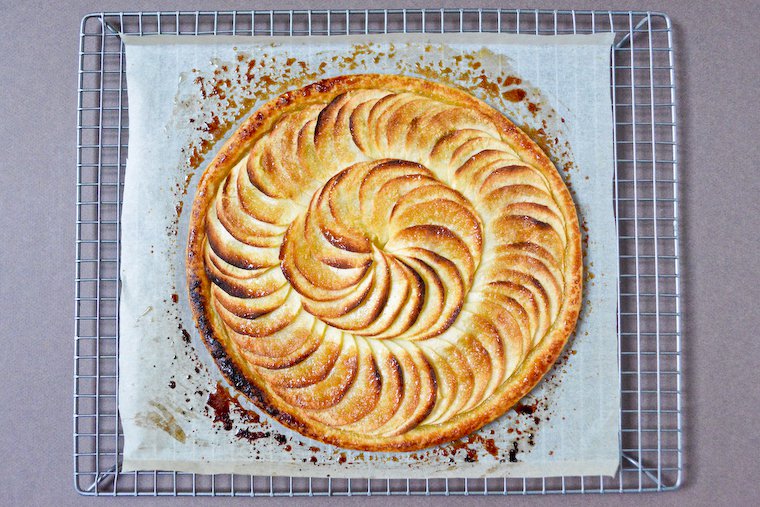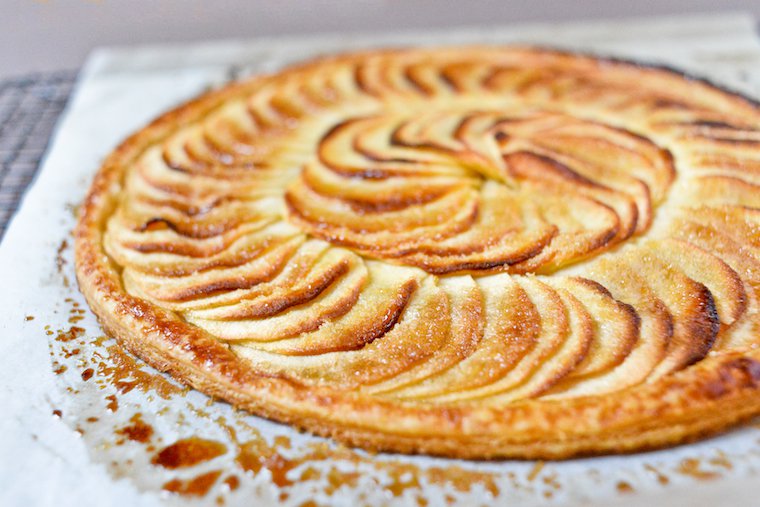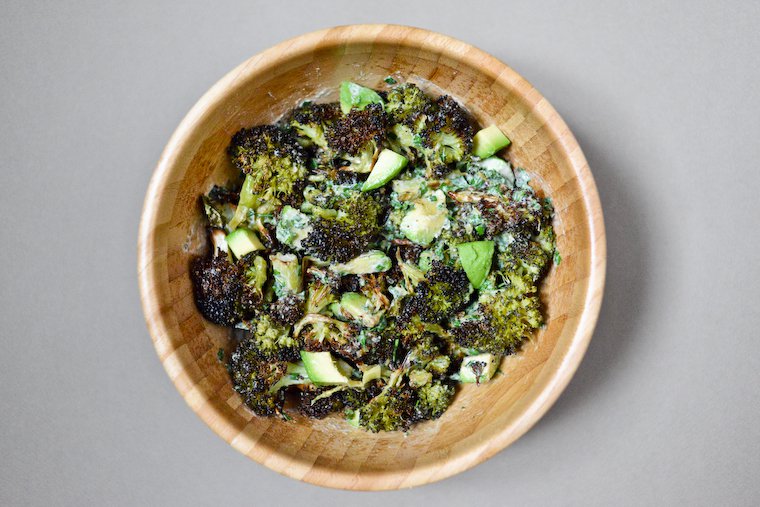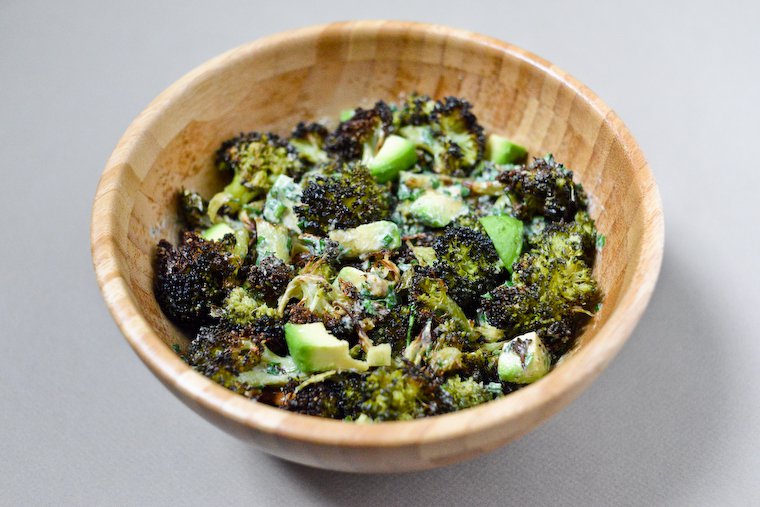I love the bulk section at my local organic store.
I love that it allows me to cut down on the packaging, as I strive to bring back and reuse the same paper bags until they give out in exhaustion. I love that I pay less for the exact same products or ingredients, and I love that it gives me an opportunity to purchase sample-size amounts of new foods without committing to a whole package.
This is how I recently got ahold of some shoyu roasted cashews from Jean Hervé — an all-around fantastic brand for nut butters — that proved all kinds of good, crunchy and toasty and salty but not overly so.
I found myself reaching for small handfuls that soon turned into bigger ones while preparing dinner, and sprinkling them over my lunch salads as well, and soon enough my sample was gone.
Of course I could have just gone out and bought more — oh, how I love pulling down on those levers! too! — but when I compared the price of plain cashews with the soy sauce roasted ones, I calculated that they were charging 30% more for the soy sauce marinating and the roasting, which seemed like steps I could very well accomplish myself.
And it was indeed a most straightforward process: you simply pour soy sauce over the cashews, and let them soak it in overnight before roasting in the oven, where the cashews will crisp up as the soy sauce dries up and caramelizes.
These you can nibble on with a pre-dinner drink — I like to present them on the adorable mini cutting boards that Earlywood now makes — or snack on during the day (word of warning: very. hard. to stop.), or sprinkle over your salads, or package up and present as a low-effort but well-received edible gift.
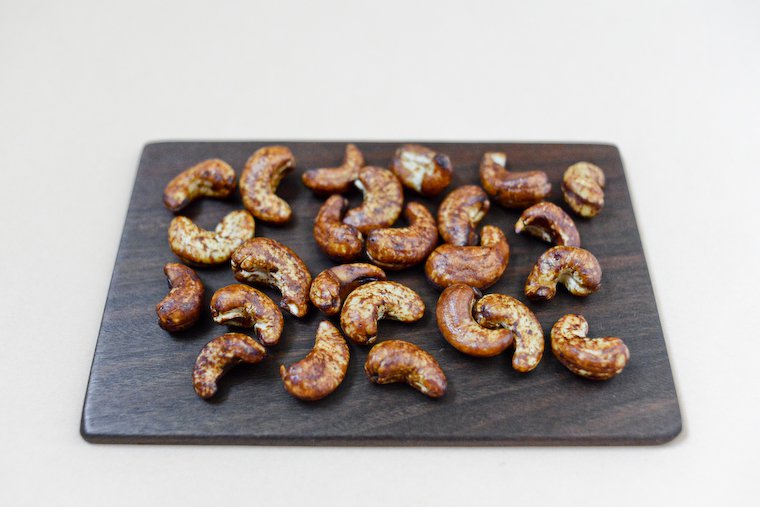
Mini cutting board from Earlywood.




